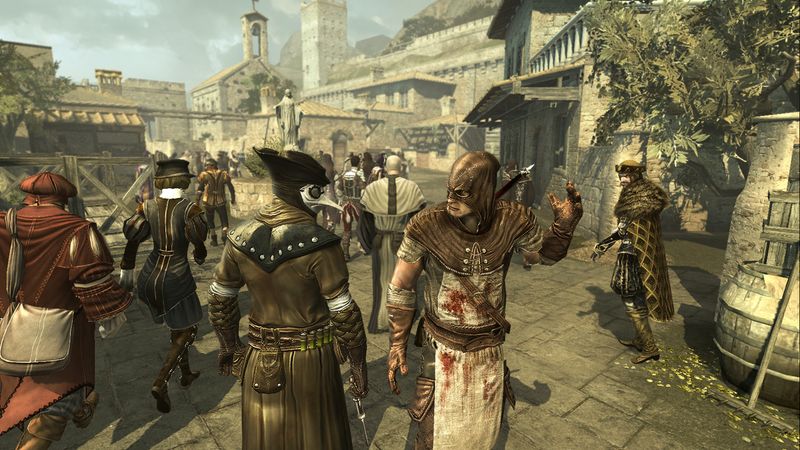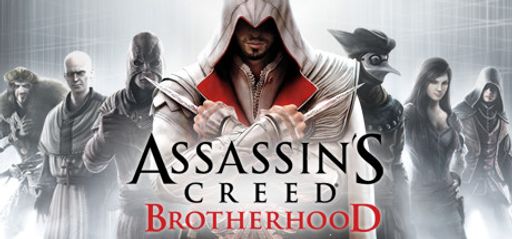Hey everyone! I spent a cozy week wandering the rooftops of Rome with Ezio Auditore in Assassin’s Creed Brotherhood, and I’m excited to share my thoughts. If you love a good mix of stealth, history, and gentle squad management, pull up a chair—I’ve got the lowdown on what stood out, what could’ve been smoother, and whether this 2011 classic still feels fresh today.
Overall Impressions
I’ll be honest: I came in expecting more of the same from Ezio’s saga, but Brotherhood somehow managed to surprise me. The biggest highlight is that moment when you go from lone assassin to leader of an actual Brotherhood. That new mechanic breathes life into the world and truly sets this entry apart from other stealth-action games.
Moreover, the tight Roman setting feels alive—bustling markets, big palaces, and those iconic ruins. It all blends into a game that feels both familiar and fresh.
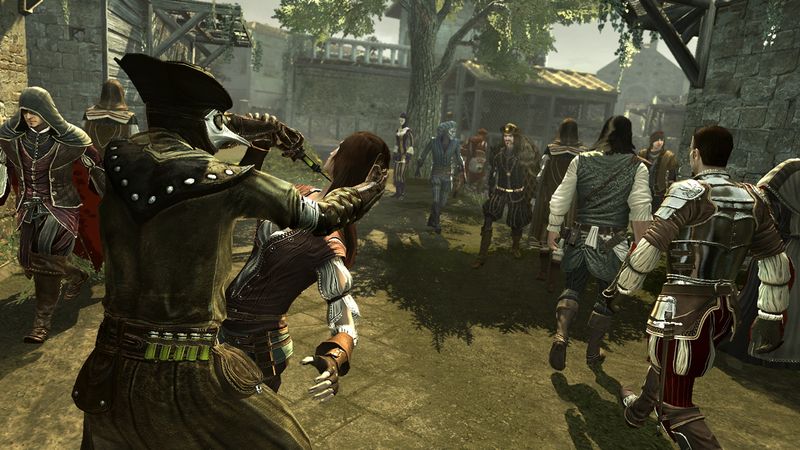
On the downside, a few rough spots in the parkour still exist—some folks even say AC II had smoother moves (I felt that too when Ezio got snagged on a ledge). Additionally, at launch, the Ubisoft launcher updates caused headaches, with a few pauses and crashes until patches rolled out. However, once you’re past those hiccups, the game mostly stays on its feet.
Compared to other stealth-action titles—think Dishonored or Hitman—Brotherhood leans more into that slow-burn, historical vibe. It’s not pure puzzle stealth, but the balance of open-world exploration, squad tactics, and story missions makes it feel like a cozy blanket for your gaming night.
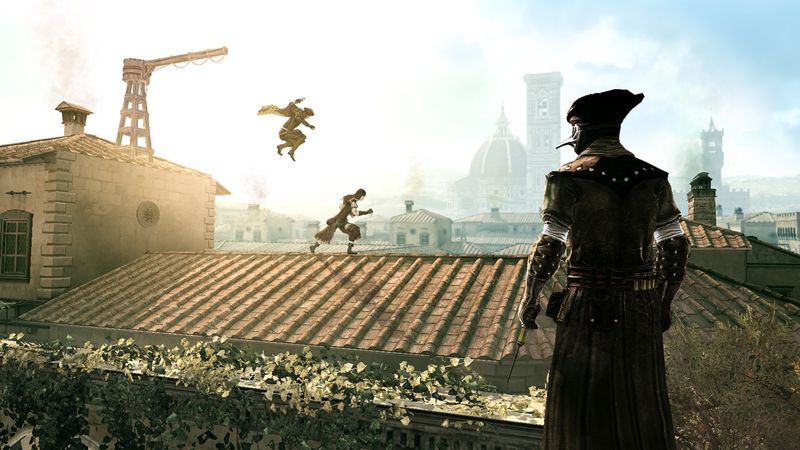
Gameplay Mechanics
The core parkour and counter-based combat from AC II are back, but now smarter and snappier. You’ve got wall runs, hidden blade takedowns, and the satisfying flow of chaining counters into kills. Most importantly, my favorite tweak is the “Brotherhood” system: you recruit citizens into your assassin ranks, train them, and call them in for synchronized rooftop takedowns—or send them off on missions.
Standout moment: I remember lining up four recruits on a Venice-style rooftop, hitting the signal, and watching them vanish into a group of guards, taking everyone out in one swoop. Instant grin.
Granted, a few players mention junky movements compared to AC II—and I’d say some jumps still felt stiff—but overall, the gameplay felt polished.
On the other hand, the occasional guard AI glitch (like spinning in circles) broke immersion briefly. And yes, launcher updates crashed the game early on, so be sure you’re on the latest patch before diving in.
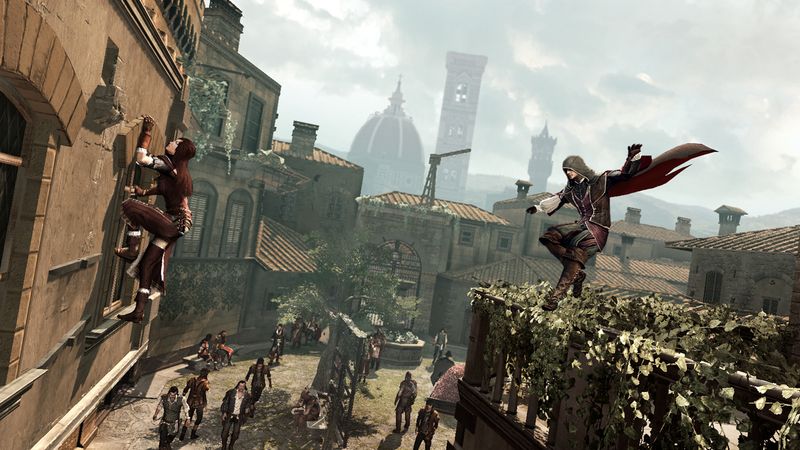
Story and Characters
Picking up right after Assassin’s Creed II, Ezio is older, wiser, and ready to rebuild his city—and his Brotherhood. The story is tighter than AC II’s globe-trotting narrative, instead focusing on Rome’s corruption under the Borgia family. As a result, Ezio’s journey from revenge-seeker to mentor is heartfelt, and you really feel the weight of leadership when NPCs start calling you “Boss.”
The supporting cast is a treat: Claudia and Leonardo da Vinci bring warmth and invention, while Machiavelli offers cunning advice. Meanwhile, Cesare Borgia is a truly ruthless villain—his arrogance makes every confrontation feel personal. Let’s not forget the modern-day thread with Desmond Miles. While it plays second fiddle to the 1500s drama, it adds a welcome dash of sci-fi mystery.
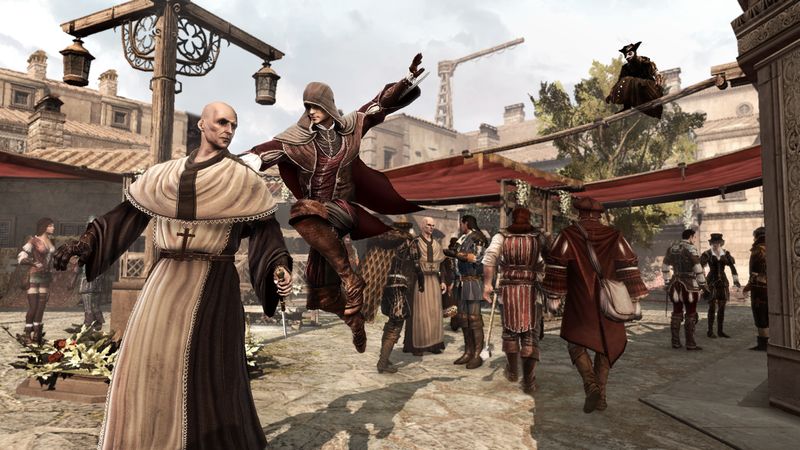
Visuals and Graphics
For a game that’s over a decade old, Brotherhood still looks charming. Ubisoft Montreal recreated Rome with lush detail: sunlit plazas, shaded alleyways, and grand monuments like the Colosseum.
Granted, textures can feel a bit dated up close. Nevertheless, the overall art style—think warm earth tones and realistic architecture—sells the vibe beautifully. I loved pausing mid-climb to admire the view of St. Peter’s Basilica, even if my in-game Ezio was freezing in place.
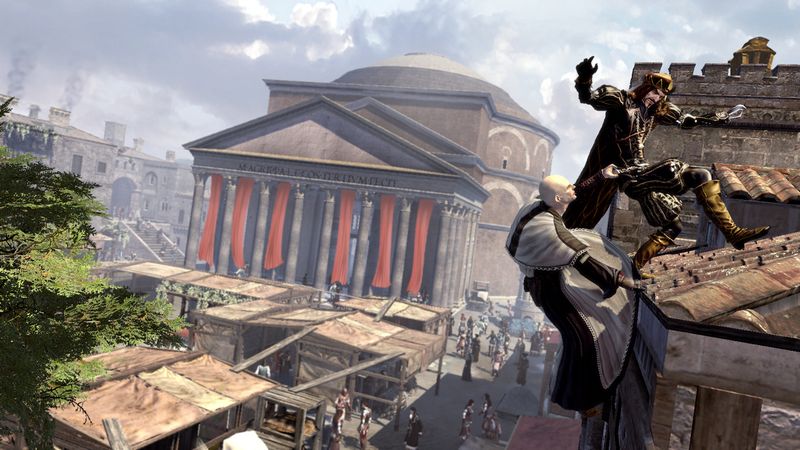
Sound and Music
Jesper Kyd’s soundtrack is fantastic. Tracks like “City of Rome” set just the right tone—dramatic but not overbearing. Furthermore, the sound effects are crisp: swords clash, horses gallop, crowds murmur.
Additionally, voice acting shines. Roger Craig Smith’s Ezio carries charm and depth, and the supporting cast does a solid job bringing these historical figures to life. If you enjoy immersive sound design, Brotherhood definitely delivers.
Difficulty and Replayability
Official difficulty is gentle—enough to challenge you but not so tough that you’ll rage-quit. Moreover, you can adjust enemy awareness if you want a stealthier grind.
Collectibles (glyph puzzles, assassin tombs) and side missions (bounty hunts, rebuilding landmarks) give you plenty to do after the main story. The multiplayer mode—where you sneak through crowds to hunt other players—was a bold first for the series and still holds up as a light, fun diversion.
Personally, I found myself replaying a few main missions to recruit stronger assassins or just to savor the story moments I loved. So, if you’re a completionist, there’s plenty here to keep you busy.
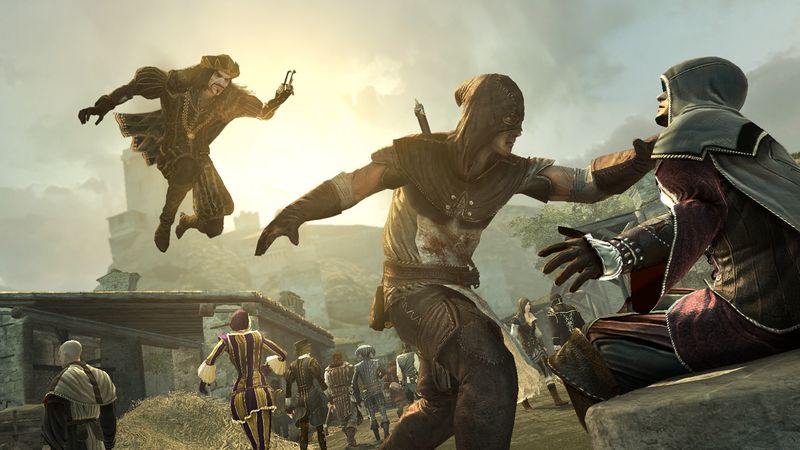
Final Thoughts
In all, Assassin’s Creed Brotherhood feels like a warm slice of Italian pizza—satisfying, comforting, and full of flavor. It refines everything that made AC II great, then sprinkles in new mechanics and a memorable cast.
Sure, it might show its age in a few animations, and the launcher needed some TLC at launch. But the core experience still glows.
Rating: 4 out of 5 stars
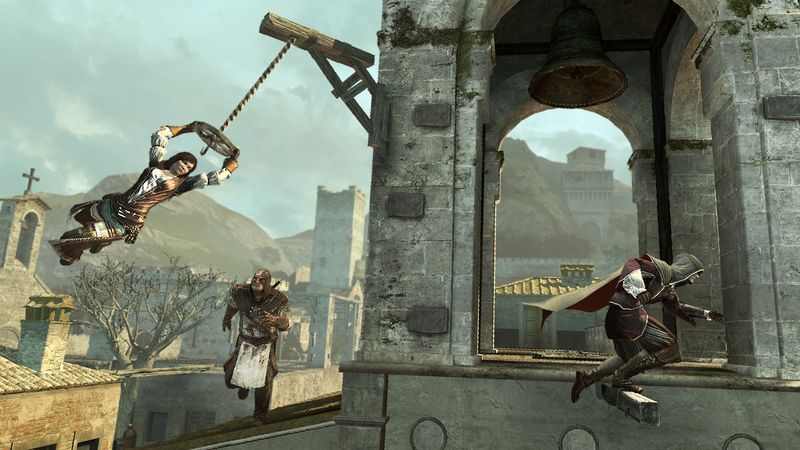
Trivia
Did you know Brotherhood was the first Assassin’s Creed game to introduce multiplayer? It was a risky move in 2011, but it paid off by adding a fresh way to test your stealth skills against real people.
Also, Ubisoft Montreal put in hours of research into Renaissance Rome—many landmarks are reconstructed with historical notes you can read in-game. That little history buff in me was delighted!
If you’re after a cozy yet action-packed stealth adventure, give Brotherhood a whirl. You’ll walk away feeling like part of something bigger—a true member of the Brotherhood.
